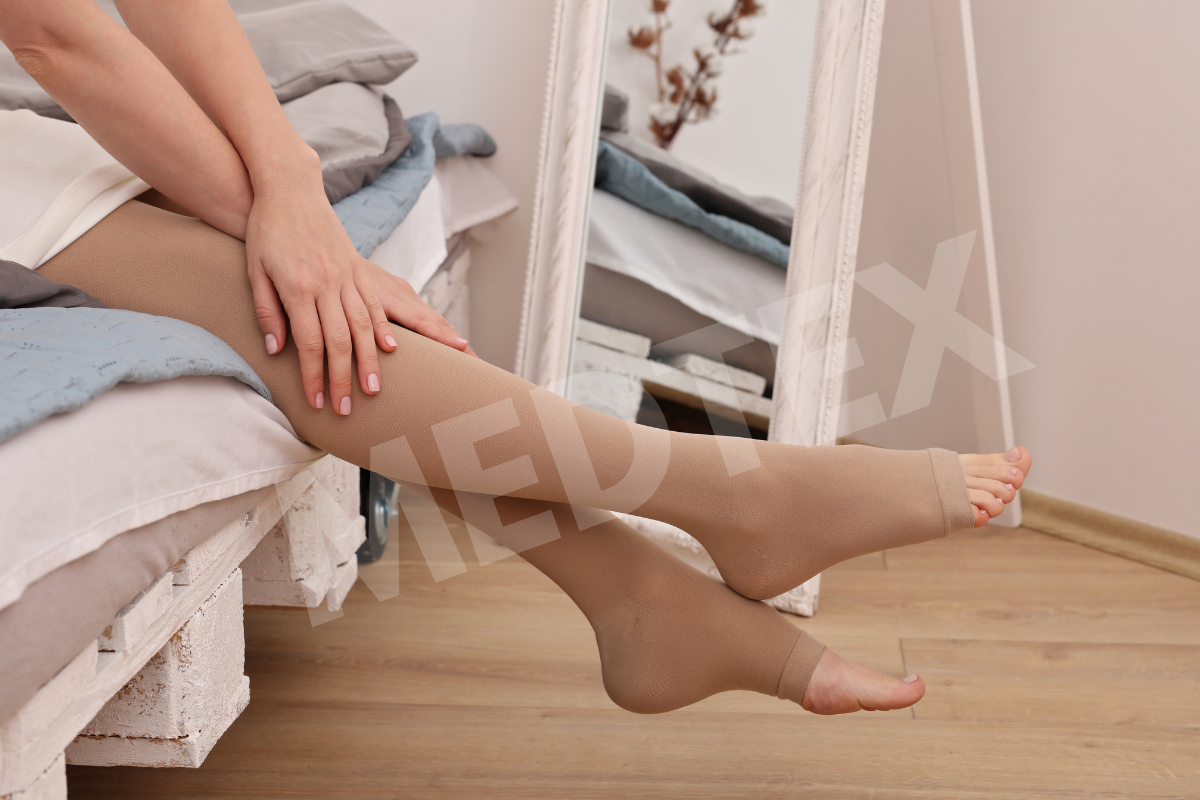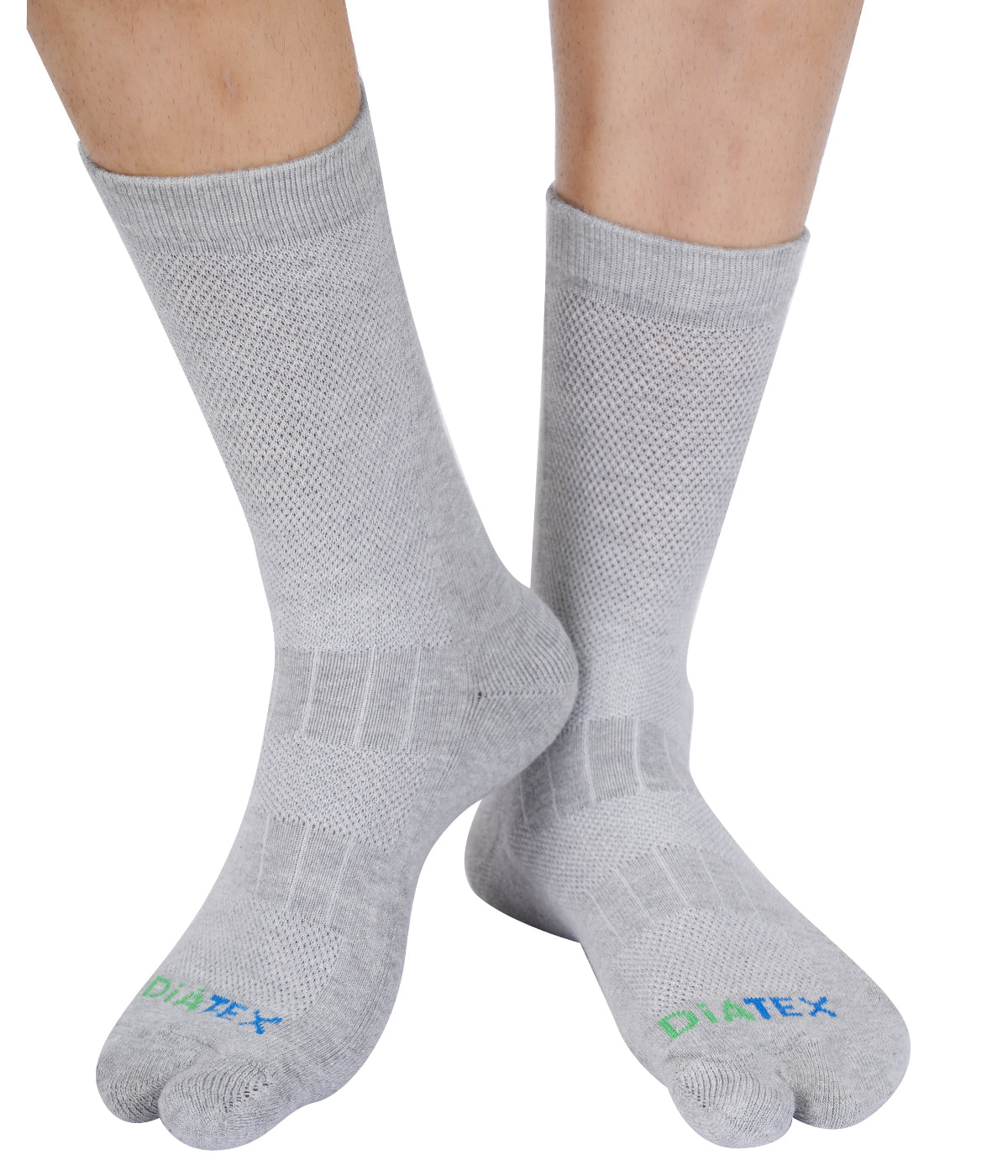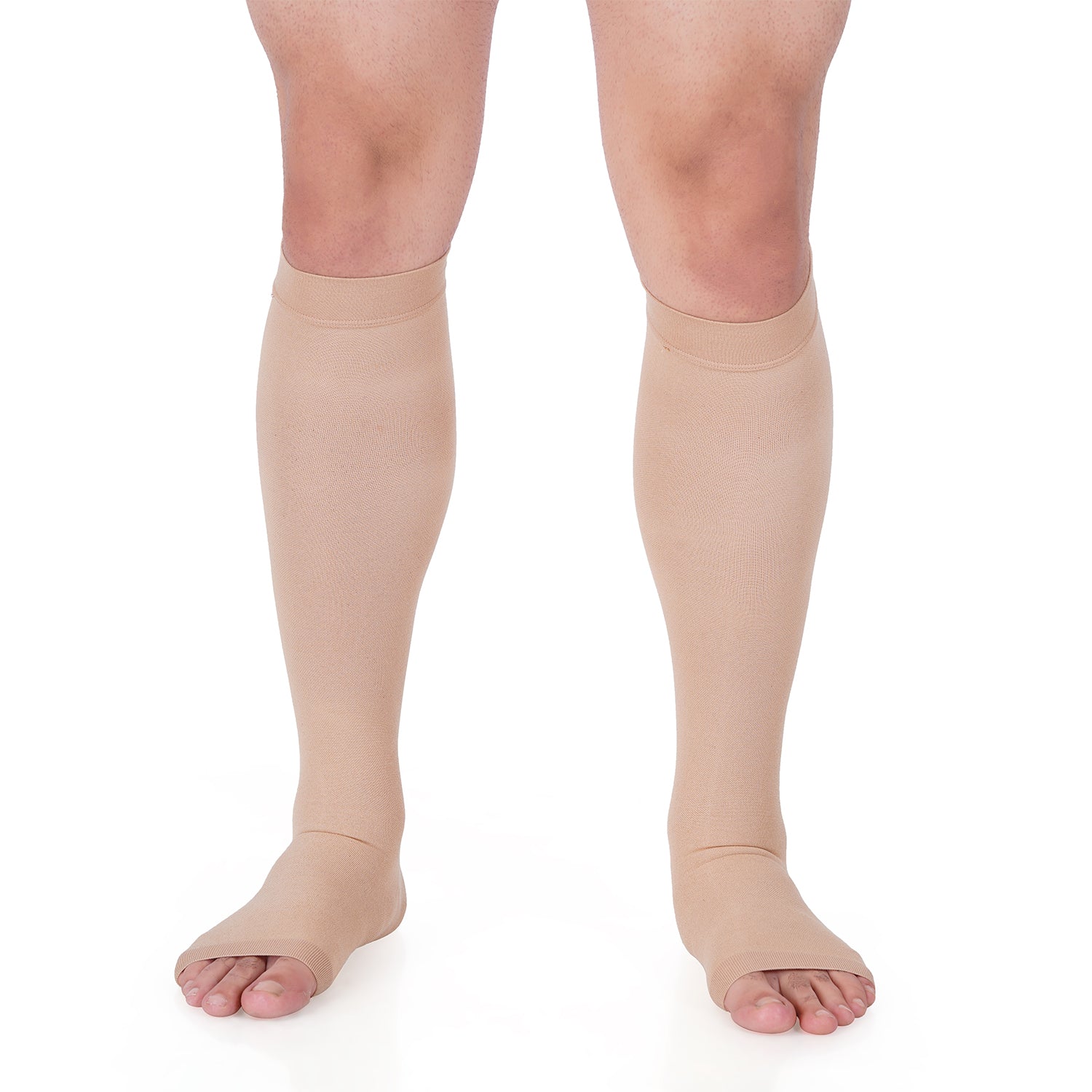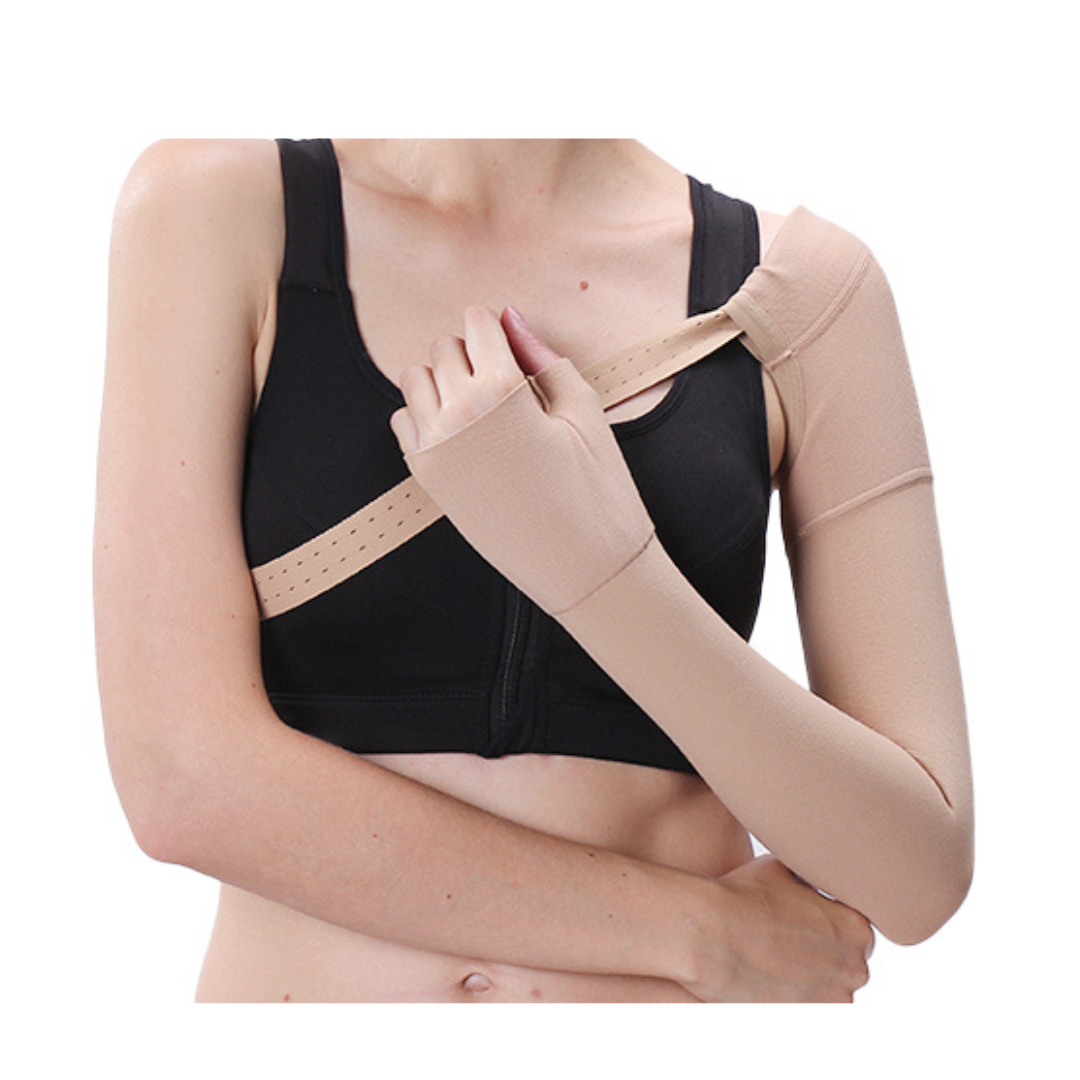Discover the benefits of diabetic socks with separate toe compartments. Explore how these innovative socks promote foot health, prevent friction and blisters, and provide a comfortable fit for individuals with diabetes. Find out why diabetic socks with separate toes are a game-changer in diabetic foot care.
Introduction:
Diabetic socks with separate toe compartments are revolutionizing foot care for individuals with diabetes. These innovative socks feature individual compartments for each toe, offering numerous benefits that contribute to enhanced foot health and overall comfort. In this article, we will delve into the advantages of diabetic socks with separate toe design, including improved ventilation, reduced friction, blister prevention, and a comfortable fit. Discover why these socks are a game-changer in diabetic foot care.
Improved Ventilation and Moisture Control:
Diabetic socks with separate toe compartments provide enhanced ventilation between the toes, allowing for improved air circulation. This increased airflow helps to keep the feet dry and minimize moisture build-up, reducing the risk of fungal infections and discomfort caused by excessive perspiration. The improved moisture control in these socks is particularly beneficial for individuals with diabetes, who may experience sweat-related complications.
Reduced Friction and Blister Prevention:
The separate toe design of diabetic socks eliminates the friction that can occur between the toes, reducing the likelihood of blisters and abrasions. By keeping each toe isolated and protected, these socks prevent skin-on-skin contact, which is a common cause of discomfort and foot problems. The reduction in friction helps individuals with diabetes avoid painful blisters and potential complications that can arise from them.
Comfortable Fit and Accommodation for Deformities:
Diabetic socks with separate toe compartments offer a comfortable fit that accommodates various foot shapes and sizes. The individual compartments allow the toes to move naturally and independently, without being constricted or squeezed together. This feature is especially beneficial for individuals with foot deformities, such as bunions or hammertoes, as the separate toe design helps to alleviate pressure and discomfort on specific areas of the foot.
Enhanced Circulation:
The individual toe compartments in these socks promote better circulation by allowing each toe to receive adequate blood flow. Proper circulation is vital for individuals with diabetes, as compromised blood flow can lead to slower wound healing and an increased risk of infections. By improving circulation, diabetic socks with separate toe compartments contribute to maintaining optimal foot health.
Conclusion:
Diabetic socks with separate toe compartments offer numerous advantages for individuals with diabetes. From improved ventilation and moisture control to reduced friction and blister prevention, these socks are designed to enhance foot health and provide maximum comfort. The separate toe design accommodates various foot shapes and sizes, while promoting better circulation and reducing the risk of complications associated with diabetes. Consider investing in diabetic socks with separate toe compartments to experience the game-changing benefits they offer in diabetic foot care. Always consult with your healthcare provider to determine if these socks are suitable for your specific needs.












